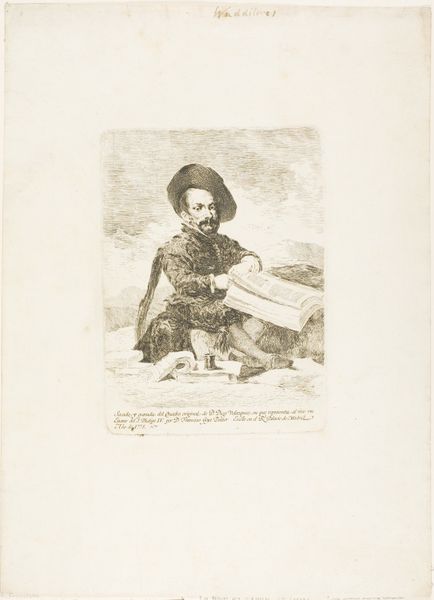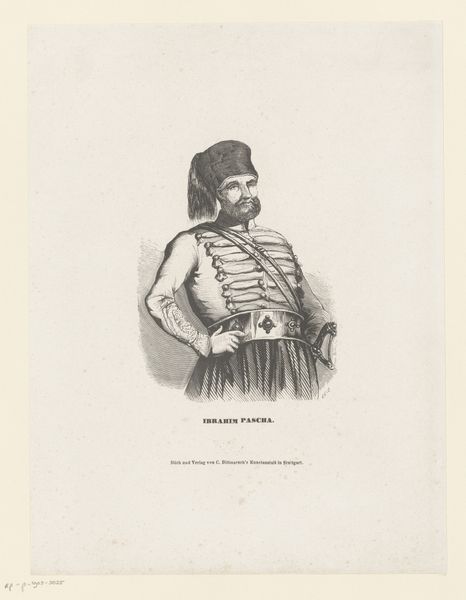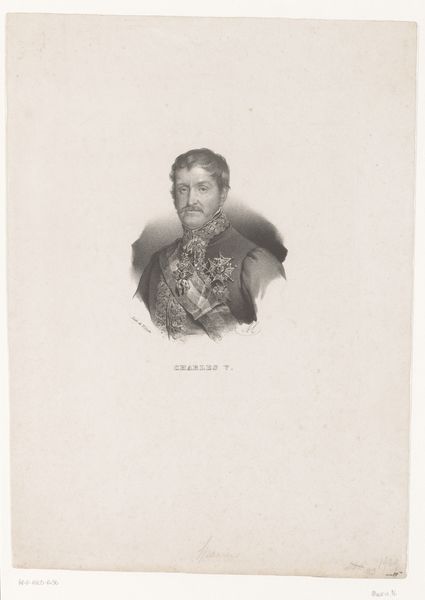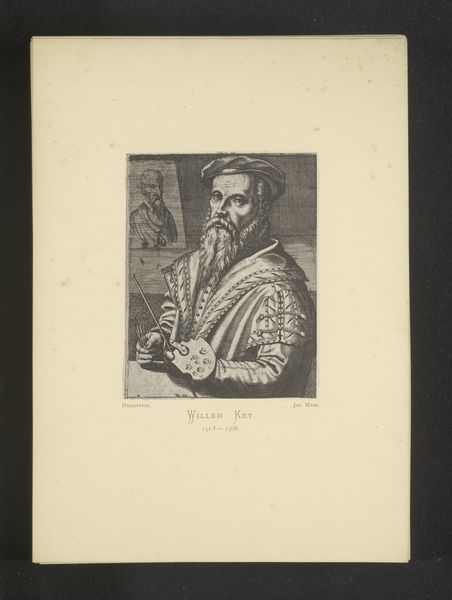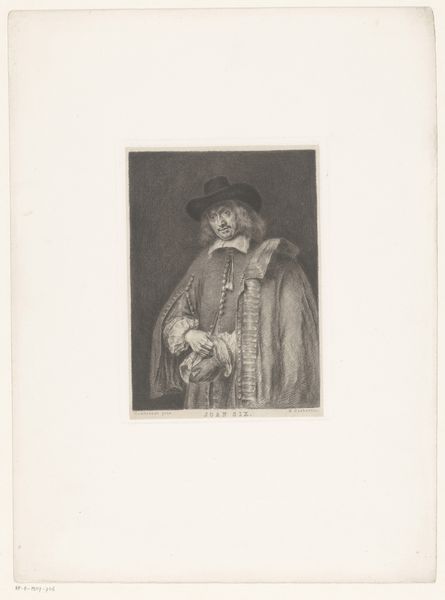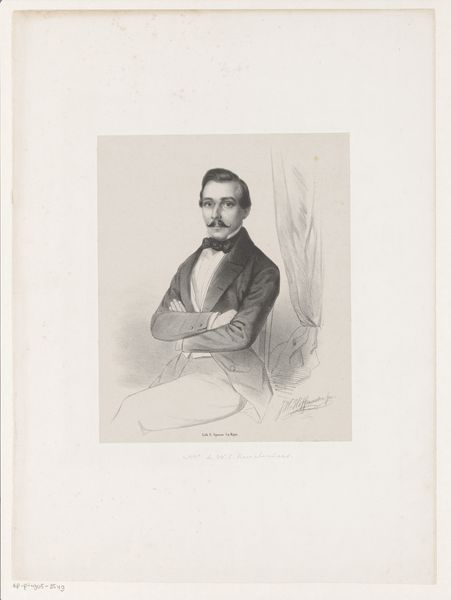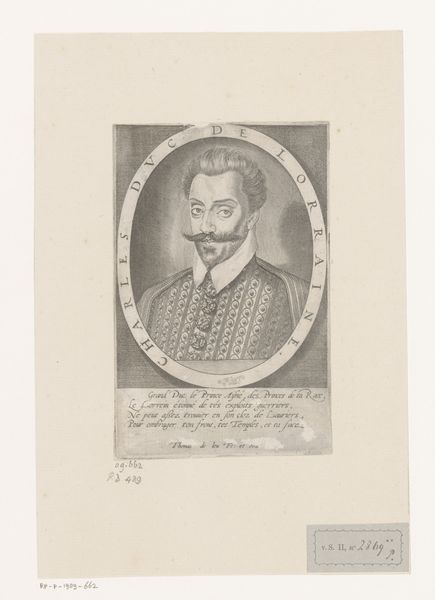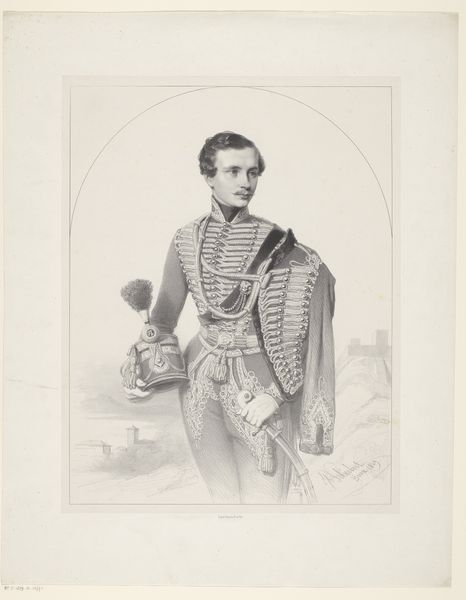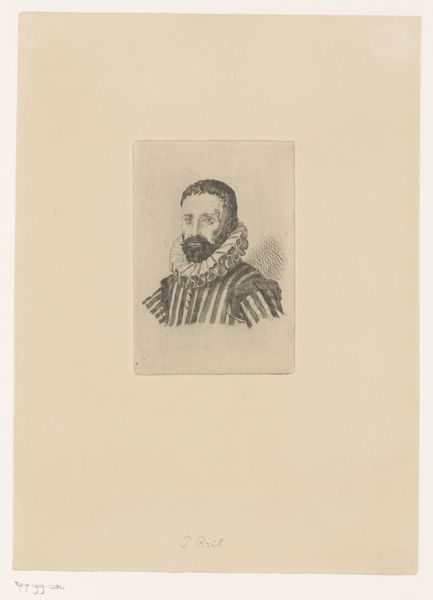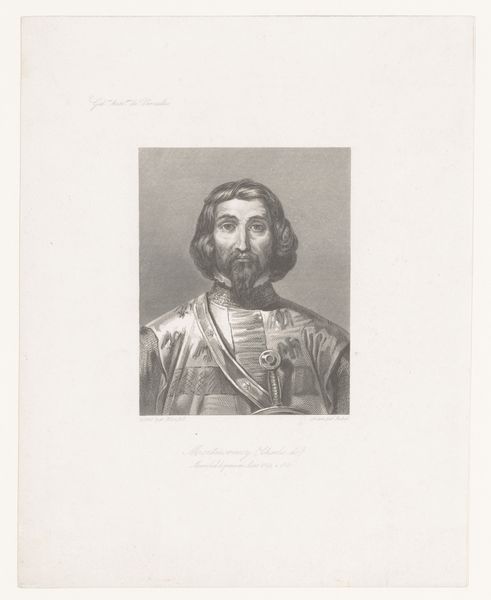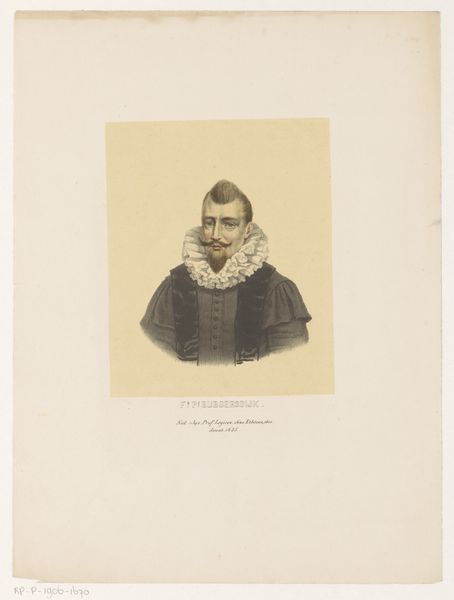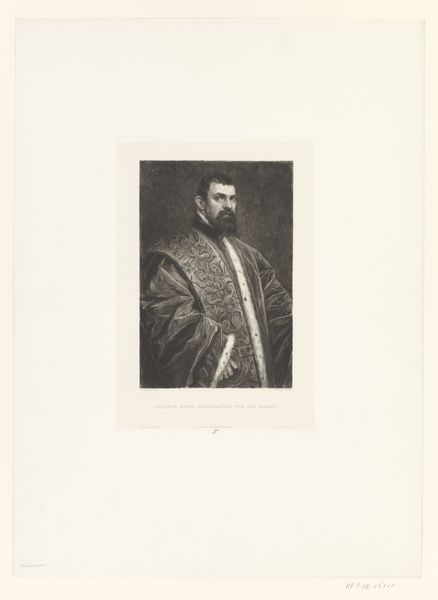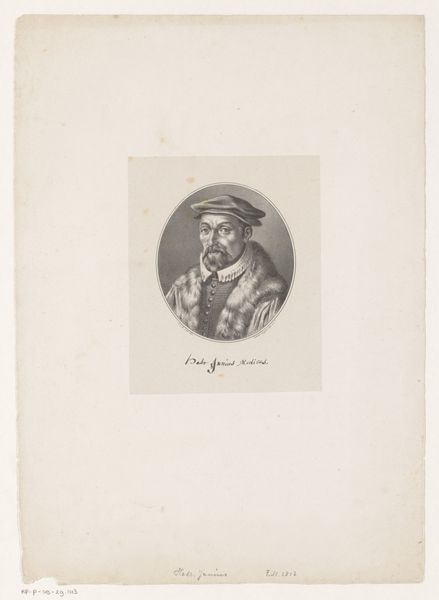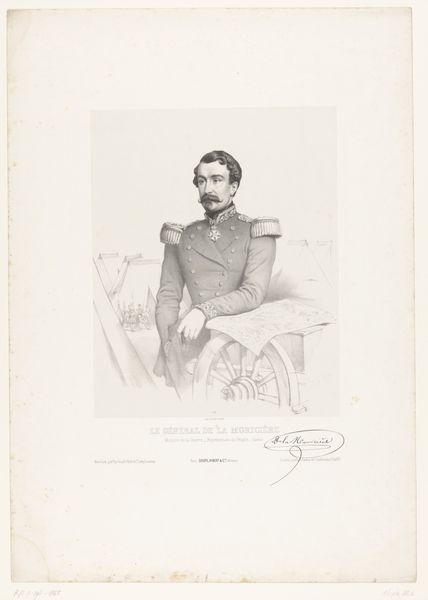
drawing, etching, engraving
#
portrait
#
drawing
#
etching
#
pencil drawing
#
15_18th-century
#
engraving
Copyright: Public Domain
Curator: Immediately striking, isn't it? A certain heaviness despite being an etching. Editor: Indeed. We're looking at Francisco Goya's "A Dwarf," created in 1778. It's an engraving, housed here at the Städel Museum. A compelling piece for examining issues of representation, no? Curator: Absolutely. The textures are key. The rough, almost haphazard lines suggest a speed of production, yet there’s remarkable detail in the face, in the costume. How was labor divided here, and who consumed these prints? Was it intended as a critique of courtly society through the craft of printmaking? Editor: It serves as a historical record, reflecting societal attitudes towards disability and class in 18th-century Spain. The subject's dress mirrors trends in the royal court, placing him within the orbit of power but simultaneously highlighting his marginalized status. Curator: That contradiction is precisely what grips me. The clothing is clearly rendered but does that actually reveal his occupation, the means of production, what this role demanded? Were his clothes provided to him? The nature of his service matters! Editor: I agree that's crucial. I think, contextually, art created at this time had a responsibility in social commentary, especially concerning societal hierarchies. I suspect Goya leveraged print to broaden commentary access through more available and reproducible means. Curator: The social context shaping the art certainly guided consumption patterns but thinking about these etched lines individually--each made by a deliberate movement and acid etching--this labor speaks as much to Goya’s process. Did he use specific tools to create specific effects? Was his labor meant to give access and accessibility to an image? It brings art closer to common labor. Editor: Fascinating. I hadn’t considered so deeply the tools utilized! Curator: Examining all elements: process and context offers much more complex perspectives. Editor: A valuable point to conclude our viewing! Hopefully our listeners have gleaned as much insight into method as purpose of representation.
Comments
No comments
Be the first to comment and join the conversation on the ultimate creative platform.
